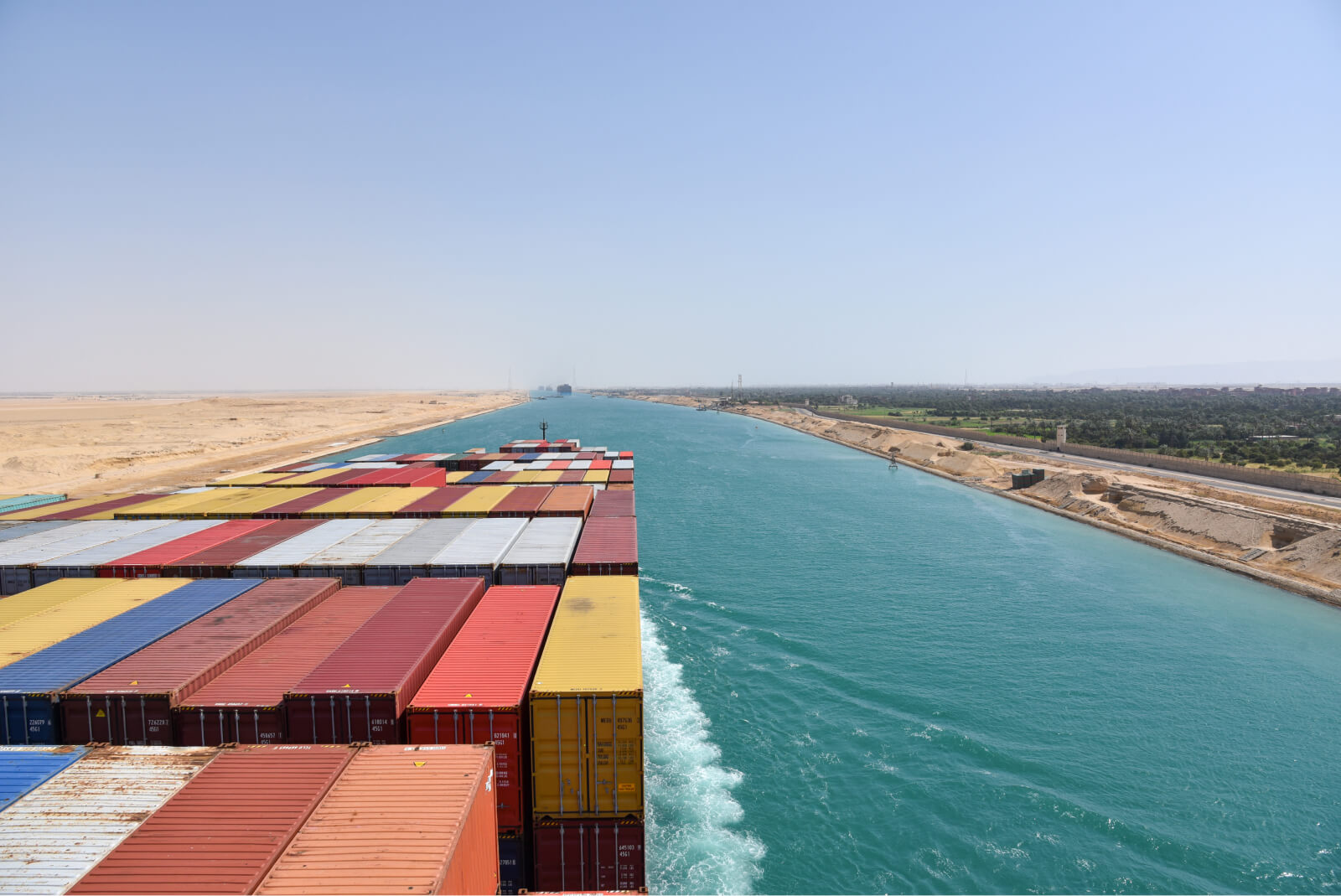
The recent attacks in the Red Sea have created waves across the global shipping industry, with implications for international trade, the economy and consumers worldwide. Here’s an overview of the situation and potential impacts on global shipping in the first half of 2024.
Yemen’s Houthi rebels have recently attacked ships traveling through the Red Sea, significantly disrupting maritime trade and traffic through the Suez Canal. This has prompted major shipping companies to reroute vessels on much longer journeys around the southern tip of Africa.
For example, Maersk, one of the world’s largest shipping companies, had planned to resume Red Sea routes under the protection of a U.S.-led naval coalition. However, after another set of attacks, Maersk indefinitely halted Red Sea operations and is sending ships around the Cape of Good Hope until further notice.
In addition, top carriers like Ocean Network Express (ONE), Orient Overseas Container Line (OOCL), Wallenius Wilhelmsen, and Yang Ming have paused Red Sea journeys or decided to reroute ships. Circumnavigating Africa adds 1-2 weeks to voyage times.
These shipping disruptions have had global economic repercussions. Goldman Sachs estimates that around 30% of worldwide container trade has been impacted, with 70-80% of vessels rerouted as of December 2023.
Consequences include surging freight rates, delays in ships returning to Asia for reloading ahead of Chinese New Year, and climbing oil prices due to fears of energy supply chain issues. Though not as extreme as pandemic supply chain woes, the problems are still pronounced.
U.S. West Coast shipping prices have also jumped partly due to the crisis limiting Panama Canal traffic. The shorter Asia-to-West Coast trip now looks more cost-effective for cargo.
The crisis hits as China faces its seasonal export surge before factories close for the Chinese New Year holiday starting February 10. With fewer vessels available, this rush will strain capacity. Repositioning empty containers back to China has also been disrupted.
Retailers planning for spring sales events ship goods early enough to avoid any annual delays caused by the Chinese New Year. If the Red Sea disruption lasts another two to three weeks, there will be product shortages in April and May, except for those higher-end retailers that can afford to shift to air freight.
Complicating matters further is that the Panama Canal is already constrained by restrictions due to low water levels, resulting in fewer vessel transits per day. With uncertainty around the Suez and Panama canals, more Asia-U.S. East Coast cargo could route through West Coast ports and rail or truck instead. Though pricier, this provides schedule reliability.
While the path ahead remains unpredictable, several key strategies can help businesses safeguard their supply chains, reduce delays, and better meet customer demands despite market turbulence. Here are practical steps shippers can take over the coming months:
As we progress into 2024, the shipping disruption stemming from the Red Sea crisis may be compounded by other threats like labor unrest, extreme weather events or shifting geopolitical tensions. Supply chain turbulence is likely to persist, requiring vigilance and proactive planning to withstand additional shocks.
Want to learn how real-time ocean insights can help you stay ahead of disruptions? Schedule a demo of FourKites Ocean Freight Visibility.